-
TrackoBit
Manage commercial vehicles with the new-age Fleet Management Software
TrackoBit -
TrackoField
Streamline your scattered workforce with Field Force Management Software
TrackoField -
Features Resources
-
Blog
Carefully curated articles to update you on industrial trends. -
White Paper
Insightful papers and analysis on essential subject matters. -
Glossary
Explore an alphabetical list of relevant industry terms. -
What’s New
Get TrackoBit & TrackoField monthly updates here. -
Case Study
Explore the cases we solved with our diverse solutions. -
Comparisons
Compare platforms, features, and pricing to find your best fit.
-
About Us
Get to know TrackoBit: our team, ethos, values, and vision. -
Careers
Join the most dynamic cult of coders, creatives and changemakers. -
Tech Support
Learn about our technical support team and services in detail. -
Events
Check out the exhibitions where we left our marks and conquered. -
Contact Us
Connect with us and let us know how we can be of service.
AI in Last-Mile Delivery: 12 Transformative Ways Shipments Reach Customers
- Author:Tithi Agarwal
- Read Time:7 min
- Published:
- Last Update: July 30, 2025
Table of Contents
Toggle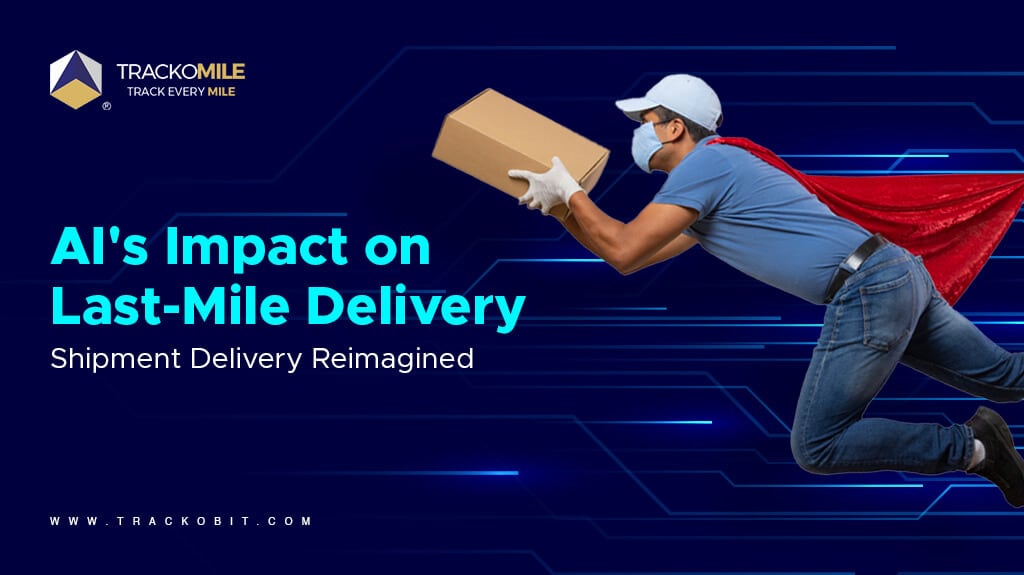
Buckle up because you are stepping into the future: the adoption of AI in the last mile delivery. With its help, you can ensure almost free and same-day delivery to customers.
Table of Contents
Toggle
Two words—last mile and artificial intelligence—have been creating a lot of buzz around the industries. Now imagine combining both—AI in last-mile delivery. Just thinking about the explosive formula has us shaking with excitement.
There will be no more delayed deliveries or expensive shipping charges, and, most importantly, last-mile logistics providers will be able to guarantee customer-free and same-day deliveries. Doesn’t this sound wonderful and achievable? Read this article to learn about the wonders of AI in last-mile logistics.
Reasons Urging Last-Mile Delivery Logistics Providers to Use AI
Several potential causes and reasons exist for the current issues faced with last-mile delivery. Properly understanding the current issues is important before considering how AI can be a helpful addition to this process.
One of the most common problems is the high demand for free shipping options from retailers. Customers demand free shipping services but expect retailers to provide on-time delivery. A logistics company has difficulty ensuring deliveries are fast and efficient. The companies need to cut costs to provide lower-cost delivery services.
Even with same-day delivery services, many companies only provide customers an “out for delivery” notification. This is not an accurate view of ‘when the package will be delivered’, making it difficult for the customer to know when they should be home. This often results in missed deliveries.
Unpredictable factors can also significantly impact the efficiency of last-mile delivery. One example is traffic congestion, which cannot always be accurately estimated. Road maintenance can also result in unpredictable factors, leading to delivery delays.
These obstacles are currently the most common factors causing packages to be delivered later than the customer expects. This, in turn, results in customer dissatisfaction, which can be costly to the retailer and the logistics company.
AI in Last-Mile Delivery- The Solution to Multiple Last-Mile Challenges
1. Autonomous Vehicles and Other Technologies
Autonomous vehicles and driving are highly discussed topics today. Full autonomy, representing the fifth level of autonomy, has not yet been realized. Currently, some Tesla cars can switch to autopilot mode on motorways. However, this is limited to the second level (driving support) or the third level (where the driver operates the vehicle only in emergencies).
Many delivery companies have started using aerial drones to deliver customer orders. Additionally, these companies are testing and developing autonomous delivery solutions to enhance mobility, vehicle capacity and reduce delivery time. This allows retailers to deliver orders on the same day they are received. Autonomous delivery devices include robots, drones, various autonomous vehicles, ships, and other devices.
The automation of these devices goes beyond hard-coded models. They use AI to control advanced responses, enabling more natural interactions with the environment and humans. As technology progresses, autonomous vehicles will see increased use in various fields.
2. Route Optimization and Vehicle Routing Problem Solution – AI
Vehicle Routing Optimization (VRO) remains crucial for reducing environmental pollution. VRO encompasses various AI applications to design cost-effective routes for meeting customer demands, including solving the shortest route problem, the traveling salesman problem, and other driving challenges. The complexity of these operations varies by customer, with the main goal being to minimize transportation costs by reducing total distance, vehicle usage, or travel time.
AI algorithms optimize delivery routes in real-time, considering factors like traffic conditions, delivery windows, and package locations to ensure efficiency. This reduces delivery time and fuel consumption. AI facilitates dynamic route scheduling by analyzing traffic patterns, delivery locations, and vehicle capacity, minimizing travel time, fuel use, and vehicle wear and tear. This leads to cost savings and better customer experiences.
3. Last Mile Platform
AI-driven logistics platforms optimize routes using data from various sources, including transport information, traffic patterns, GPS, and weather. This reduces fuel, personnel, and overhead costs associated with last-mile delivery. Platforms like TrackoMile integrate multiple delivery services—couriers, collection points, and consignment boxes—into a single, universal system.
They automate courier routes and notify all parties about courier movements. Customers receive notifications before deliveries, enhancing the overall experience. This comprehensive visibility is managed through a single screen, connecting multiple GPS and API tracking systems, streamlining the delivery process.
4. Capacity Planning
AI systems can assist in more efficient resource allocation by forecasting variations in delivery volumes. This entails maximizing truck usage and delivery staff schedules to meet projected demand. To maintain timely and efficient deliveries, artificial intelligence automates parcel sorting and capacity planning by considering multiple factors like package volume, distance, type of vehicles and 50 more in seconds.
5. Address Validation and Correction
During the order process, AI systems can automatically validate and fix addresses, lowering the possibility of unsuccessful deliveries. AI algorithms can validate addresses by comparing input data to an extensive database of acceptable addresses since they have been trained to identify patterns in address data. As they gain experience with successful deliveries and repairs, AI models get better at anticipating and fixing address problems on their own. Thus improving the first-attempt delivery rate.
6. Predictive Analytics for Accurate Delivery Times
AI algorithms can optimize how packages are loaded into delivery vehicles, ensuring that space is used efficiently and the order of deliveries minimizes the need for rearrangement. This decreases the overall fuel consumption and emissions associated with delivery operations. For example, Blinkit has increases its delivery time from 10 to 20 minutes during rain. There is even a surge in delivery charges. The Blinkit system does so after considering factors like traffic, delays, and more. Since the customer is pre-informed of this, customer satisfaction soars.
7. Sustainability Initiatives
By streamlining delivery processes and routes, AI can assist businesses in lowering their carbon footprint and promoting more environmentally friendly delivery methods. For example, fewer trips are needed to transport the same amount of products thanks to AI algorithms that ensure every delivery vehicle is loaded to capacity.
8. Customer Service Optimization
AI is revolutionizing customer service, especially through chatbots. AI-enabled chatbots now better understand customer intent, which helps them provide accurate and quick solutions. More and more companies rely on AI-based virtual assistants to profile customer responses and gauge sentiment, enhancing the efficiency and effectiveness of customer interactions.
Advanced AI-powered chatbots also help businesses upsell and cross-sell to customers, which is an attractive proposition. Additionally, AI learns customer preferences, improving service delivery. For instance, machine learning can remember their customs shipping preferences when working with customers who frequently ship internationally, eliminating the need for repeated contacts.
For customers unfamiliar with Customs Tariff classifications, machine learning can quickly guide them to the correct classifications, ensuring faster clearance rates. The continuous improvement inherent in machine learning means customer service becomes increasingly accurate over time. This ongoing enhancement makes AI valuable in delivering superior and efficient customer service.
9. Fraud Detection
AI helps detect and prevent fraudulent activities in the delivery process. By analyzing data from delivery routes, signatures, and customer behaviour patterns, AI can identify suspicious activities and alert logistics companies of potential fraud. This improves the security of the delivery process and reduces the risk of fraud-related losses. Overall, AI increases the reliability and trustworthiness of last-mile delivery, benefiting both logistics companies and customers.
10. Delivery Scheduling
AI optimizes delivery schedules by considering factors like delivery windows and nature of the products or orders. This improves operational efficiency and reduces delivery times. AI can adjust schedules by analyzing real-time data to ensure timely deliveries are made. This results in customer satisfaction and reduces the risk of delays.
11. Demand Forecasting and Inventory Management
Artificial intelligence helps logistics organizations optimise inventory levels and delivery timetables by accurately predicting future demand. This enhances cost-effectiveness and customer happiness by lowering the possibility of stockouts and overstocking. Artificial Intelligence offers insightful analyses of past data and market trends, facilitating improved resource allocation and decision-making. This guarantees that logistics firms can successfully and efficiently satisfy customer demand.
By precisely forecasting demand, AI maximises inventory levels. This lowers storage expenses, increases order fulfilment rates, and helps logistics organisations maintain ideal inventory levels. AI offers insightful data analysis from sales patterns and other sources, facilitating improved inventory control.
12. Customer Behaviour Analysis
AI evaluates consumer behavior and preferences to provide tailored delivery choices. As a result, customer loyalty rises, and the whole customer experience is enhanced. AI in chatbots enables companies to resolve customer queries faster, which is important for customer satisfaction and retention.
Also, sharing predictive price surges, delivery dates, and time prevents them from missing out on their orders. Additionally, the system considers factors like the nature of the goods, which are essential in the case of perishable goods, so that they are delivered on a priority basis, and the customers receive fresh and tasty products.
All Hail AI – The Future of Delivery is Here!
With the adoption of artificial intelligence, almost all last-mile delivery issues are addressed and resolved. AI enhances delivery speed, accuracy, and cost-effectiveness, from autonomous vehicles to dynamic route optimization. Predictive analytics, customer behavior analysis, and advanced scheduling contribute to improved customer experiences and satisfaction. AI also supports sustainability by optimizing resources and reducing carbon footprints.
As a last-mile delivery logistics provider, you can contribute to future advancements by adopting TrackoMile’s last-mile delivery platform, which already offers solutions such as route optimization and load capacity. Connect with our sales team today to pocket scalability and growth!
Tithi Agarwal is an established content marketing specialist with years of experience in Telematics and the SaaS domain. With a strong background in literature and industrial expertise in technical wr... Read More
Related Blogs
-
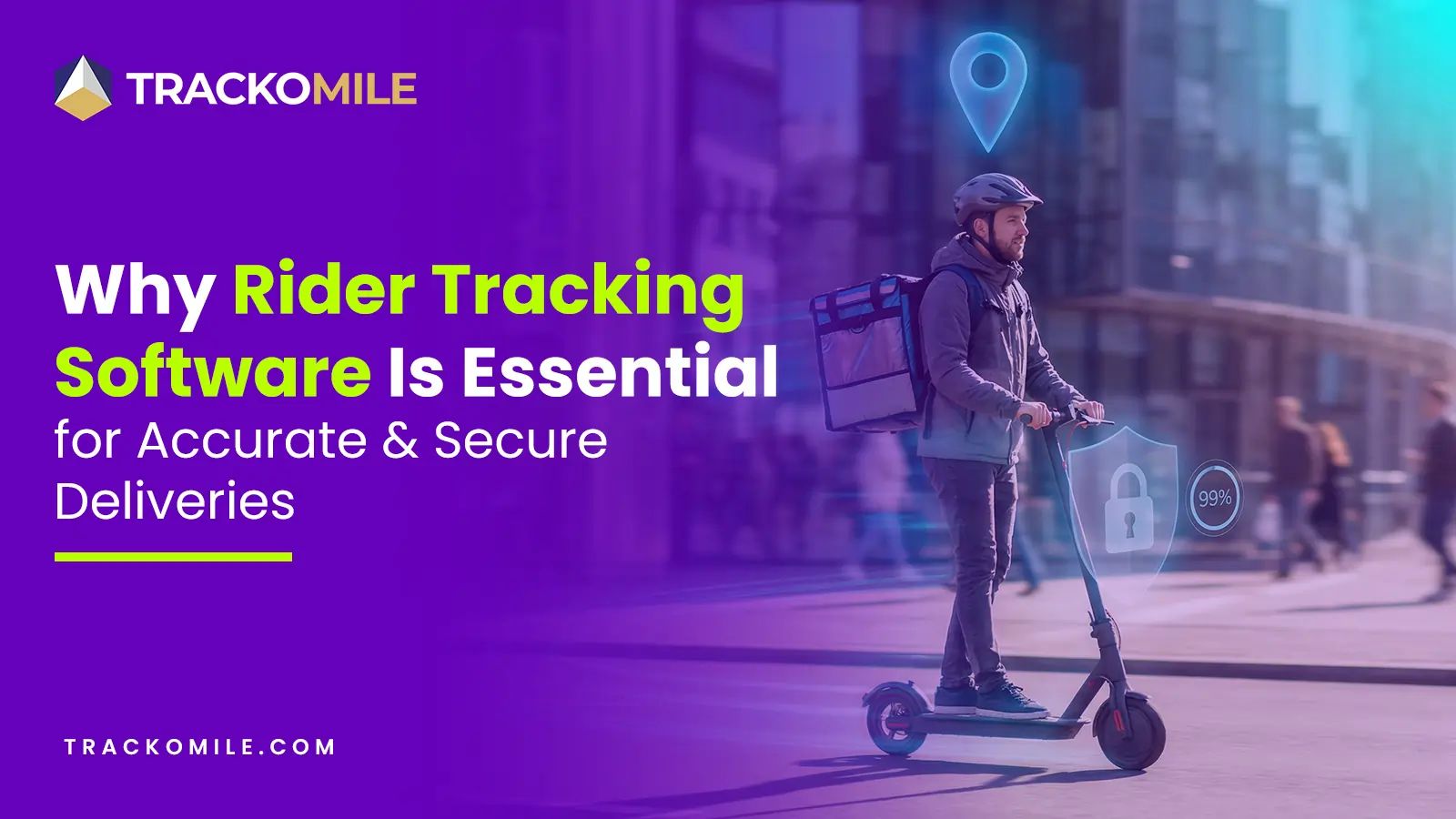
How Rider Tracking Software Improves Delivery Accuracy and Reduces Fraud
Tithi Agarwal December 8, 2025Rider tracking software improves delivery accuracy with real-time GPS visibility and automated ePOD. It also enables route optimisation and fraud…
-
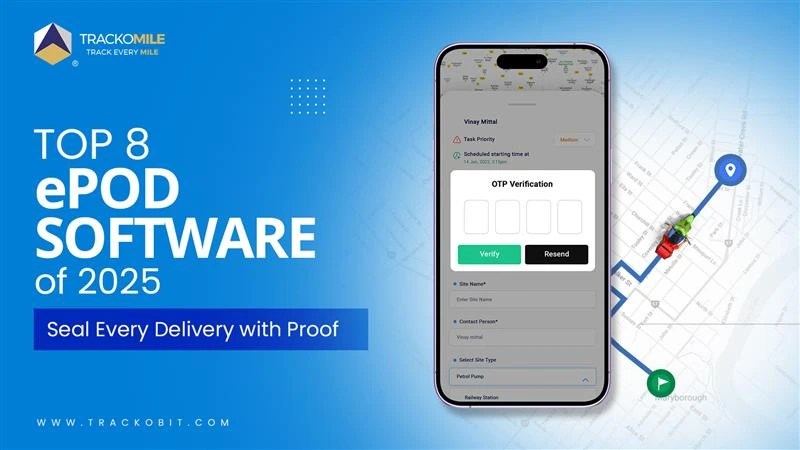
Top Electronic Proof of Delivery (ePOD) Software in 2026
Tithi Agarwal September 25, 2025Electronic proof of delivery has become the backbone of modern logistics. Explore the top 8 ePOD software in 2026 and…
-
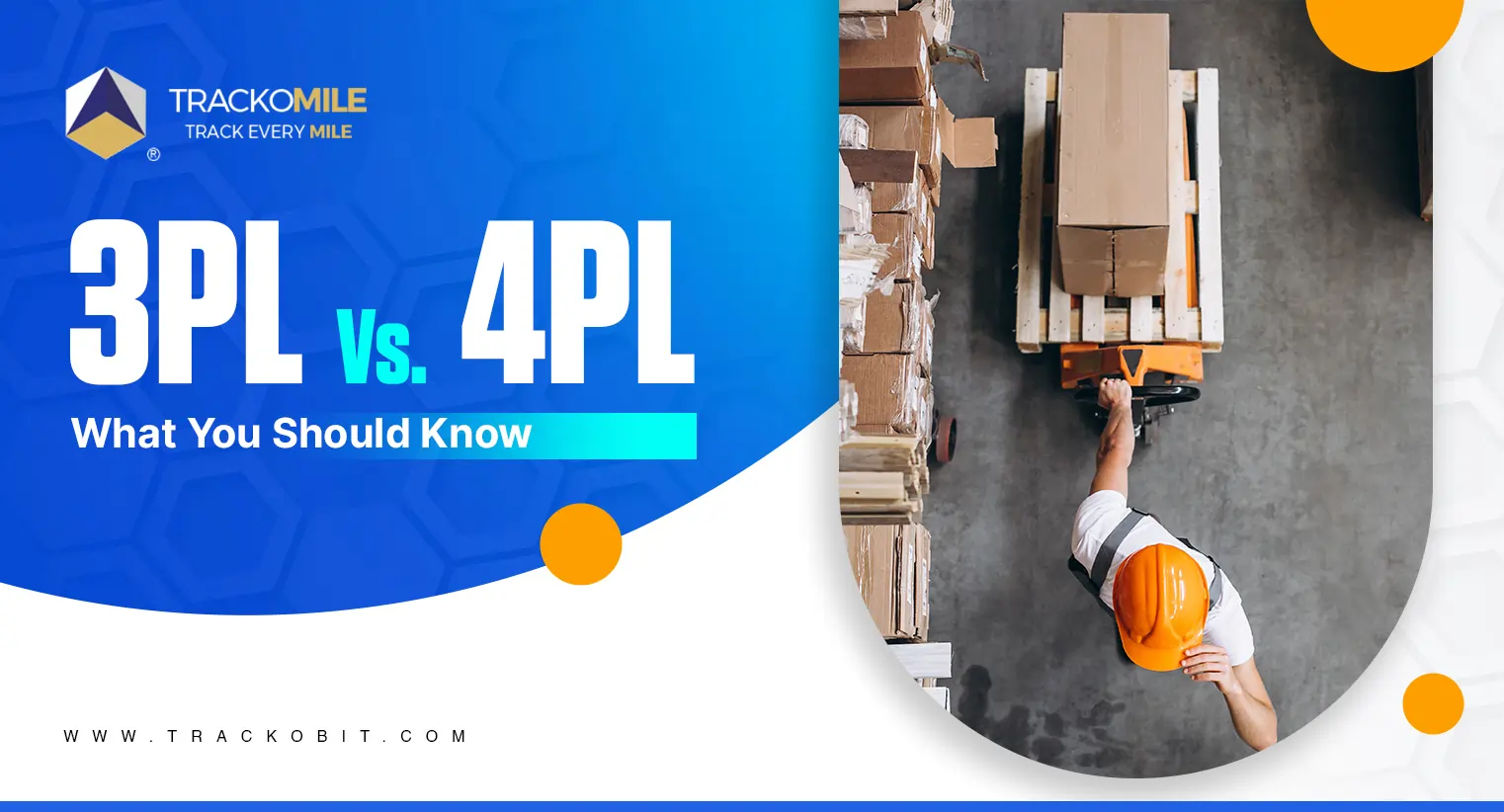
3PL vs. 4PL: Which is Best for Your Business?
Tithi Agarwal September 25, 2024Confused about choosing between 3PL and 4PL for your retail supply chain? Read this blog to find out which is…
-
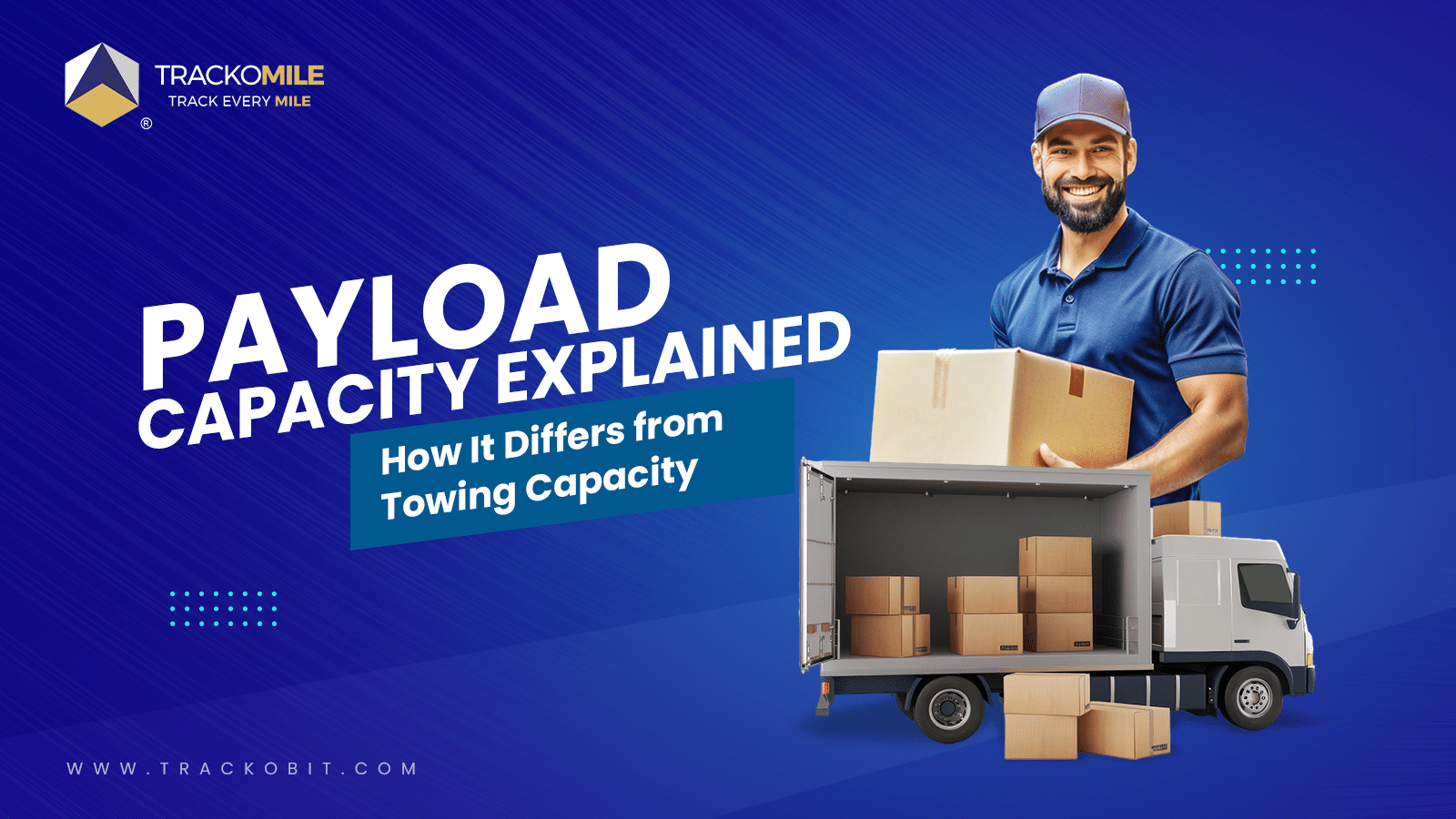
What is Payload Capacity? Payload Capacity Vs. Towing Capacity
Tithi Agarwal September 10, 2024Payload capacity is the total weight a vehicle can safely carry, and it is crucial for safety and compliance. Exceeding…

Subscribe for weekly tips to supercharge your last-mile delivery.
Your inbox awaits a welcome email. Stay tuned for the latest blog updates & expert insights.
"While you're here, dive into some more reads or grab quick bites from our social platforms!"Stay Updated on tech, telematics and mobility. Don't miss out on the latest in the industry.
We use cookies to enhance and personalize your browsing experience. By continuing to use our website, you agree to our Privacy Policy.





































